Gardening can seem like a daunting task, especially if you’re just starting out. Experience will help you detect problems sooner, and a little planning and patience will produce a beautiful garden that you can be proud of. We’ve compiled a few tips for you to get started.
Also, don’t forget – Everything you grow, can, pickle, bake, and more, can all be entered at the fair this fall. We look forward to seeing your bountiful results!
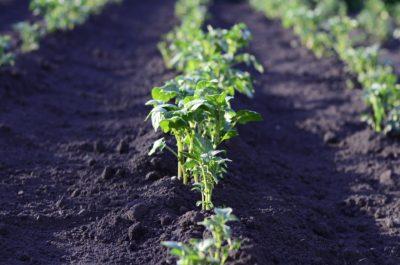 Start small, and grow it out!
Start small, and grow it out!
You don’t have to fill the whole back yard with a giant vegetable garden, and in fact we don’t recommend that if you’re just starting out. Taking care of plants can be time consuming. You may also not even have the space for something large. That’s okay! The internet is filled with unique and insightful space saver tips and tricks. It may also be beneficial to start with just a few plants to get the feel of things and plan from there. Starting relatively small will help you understand the unique spacing and care requirements of each type of greenery you grow. Once you’re comfortable with a set routine and know what you need to do next, go for it!
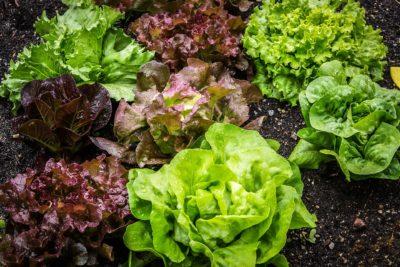 Want a quicker harvest? Grow leafy plants instead of fruits.
Want a quicker harvest? Grow leafy plants instead of fruits.
Most edible plants start their life as a seed and then establish roots, a stem, then leaves. If they are a fruit bearing plant they then go onto flowers, then fruit, and then create seeds, starting the process over. If you want a lower effort and quick return on your garden, your best bet is to plant mainly growers with leaves, like lettuce and herbs. You will get a quicker yield and can enjoy your garden sooner than if you were to plant things like tomatoes and green beans, since fruiting happens later in a plant’s life. Plant and grow at a pace that matches your eating habits and lifestyle.
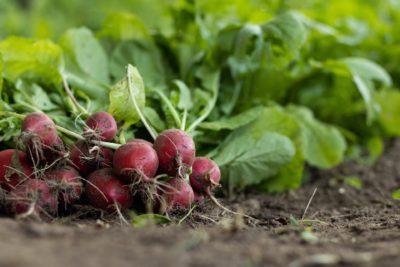 Know your planting zone.
Know your planting zone.
It’s always good to take the time to know what kind of soil is in your area, and if any additional steps are required to have the type of garden you want. Knowing your zone will also ensure you don’t plant tomatoes in the heat of summer in Arizona, and wonder why your plant is suffering while your friends from northern regions are drowning in pico de gallo. You can research what grows well in your area online, as well as heading to your local nursery for more information. Small nurseries tend to have plant starts that are appropriate to the season and local area. Plants that are discounted are often cheaper because you’re headed out of the prime season for that particular species, and your harvest won’t be as good as it could be.Timing is key when planting, and thinking about all stages of your gardens life is crucial.
Here is an easy tool to enter your zipcode to find out what zone you are: Gardening Zone by Zip
Potting soil is fine, but here’s why you should grow past it!
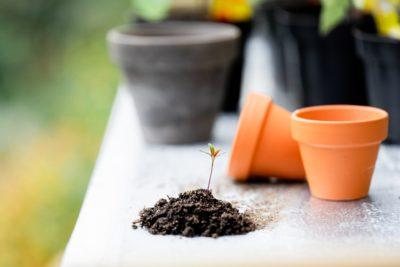 Experienced gardeners do NOT like potting soil, and yet that’s what most people will say they use. Unfortunately, even organic potting soil often contains unsustainable ingredients like peat moss, which takes a long time to regenerate and dries super fast in soil mixes. It also doesn’t re-hydrate, and ends up leaving your soil looking worse for wear. Things like volcanic rocks end up in a lot of soil, too, and non-organic potting soil usually contains synthetic fertilizers. Most importantly, potting soil often isn’t very nutrient-rich since there’s so much filler.
Experienced gardeners do NOT like potting soil, and yet that’s what most people will say they use. Unfortunately, even organic potting soil often contains unsustainable ingredients like peat moss, which takes a long time to regenerate and dries super fast in soil mixes. It also doesn’t re-hydrate, and ends up leaving your soil looking worse for wear. Things like volcanic rocks end up in a lot of soil, too, and non-organic potting soil usually contains synthetic fertilizers. Most importantly, potting soil often isn’t very nutrient-rich since there’s so much filler.
Some healthy alternatives include a mix of one third of sand, local topsoil, and compost. Mushroom compost and earthworm castings are also healthy for your soil and in turn, your greens. If these aren’t options you would want to explore and you’re still going to use potting soil, mixing in some compost into it can at least provide your plants with better nutrients than a straight potting soil mix. Feed your plants the food they need so they can feed you! Once you’re planted, mulch adds great ground cover and a way to help prevent weeds, keep moisture in the soil, and eventually breaks down to keep feeding the soil. Straw and wood chips both make for good mulch material as well.
 If you use transplants instead of seeds, keep the soil consistent.
If you use transplants instead of seeds, keep the soil consistent.
Know what kind of soil your transplant started in! If your plant was grown at a big box store that uses synthetic fertilizer to start their plants, you need to keep the plants in the same kind of soil. Placing transplants of this type in organic soil, would be like switching from espresso every day to decaf coffee. Your plants won’t have a whole lot of energy, and if you plant a start that doesn’t want to grow, the soil mix-match is most likely the problem. The opposite can also be true, so be sure to know 3what soil your starters began their life in!
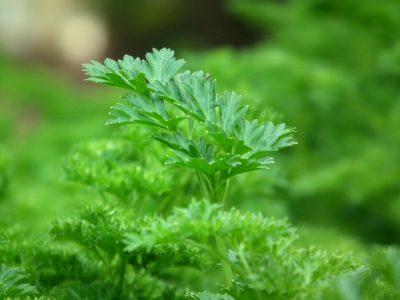 Plant what you’re actually going to eat.
Plant what you’re actually going to eat.
A simple concept, but if what you should grow next eludes you, try your kitchen! Do you eat a lot of spaghetti with sauce? Grow some tomatoes and make your own sauces! This can also be true for salsa and chips. Grab garlic, onions and a pepper or two match your heat preference. Many herbs are in teas and used to spice dishes, so they are always a great go to as well!
The only contradiction to this would be if you would want to start selling extra produce at your local farmers markets, but that’s a whole other journey for another article.
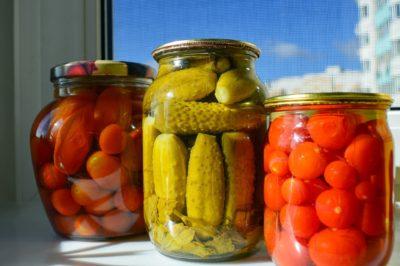 Eat your plants as soon as they’re ready, and plan to can.
Eat your plants as soon as they’re ready, and plan to can.
Many edible plants have a 90 life cycle. We also know that fresh produce can’t be grown year round. Depending on how much you grow, you also won’t be able to eat everything before it spoils. Savoring fresh flavors while you can is always a great thing, but setting something aside to use one or multiple of the many processes of preservation can provide for the enjoyment of your garden year round. Pickling, canning, relishes, sauces, syrups and honeys, as well as dehydrating into chips, or jams, jellies and the like are all great ways to put your garden to good use. Plan accordingly! It could save you on grocery bills in the winter months.
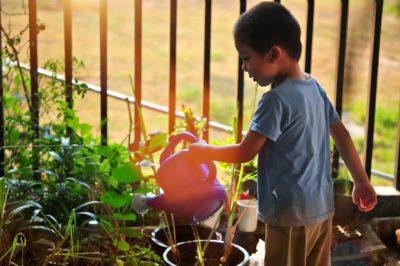 Use the three-second rule when watering.
Use the three-second rule when watering.
You CAN over water your greens, and for most edible plants, getting water all over the leaves isn’t helpful. It can be harmful. Over watering can contribute to diseases on your hard grown food. The easiest way to keep your plants healthy and hydrated is to water your garden until you count to three seconds with the water still pooled on top, which ensures that the water has drenched the soil down to the roots. How often you need to water is more complicated. How hot is it? Do you have mulch or not? What part of the season is it? What’s the weather been like? For the most part plants will tell you when they need a good drink, and if the leaves are drooping, go ahead and give them some hydration!
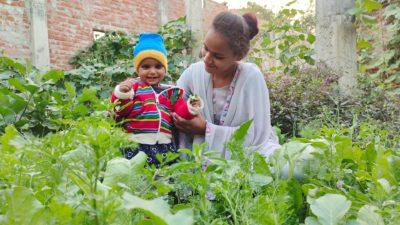 It’s okay to fail, cut yourself some slack!
It’s okay to fail, cut yourself some slack!
Especially if you are a first time grower, there will be some trial and error. Learn your environment, listen to your local nurseries and stay hydrated! Don’t forget to have fun with the process. Make it a family bonding activity! Be the single grower and share! Do you, and enjoy the literal fruits of your labors as you go along. It’s sucks when something doesn’t sprout like you hoped, or turn out quite what you pictured, but every opportunity is a learning experience. It’s a beautiful world. Get growing and good luck!



